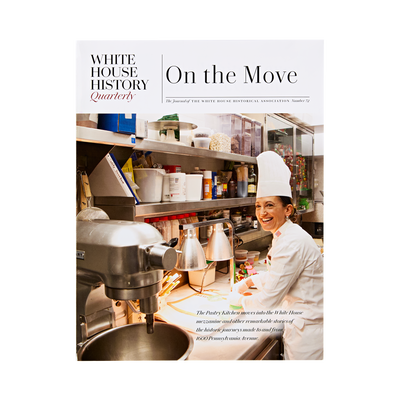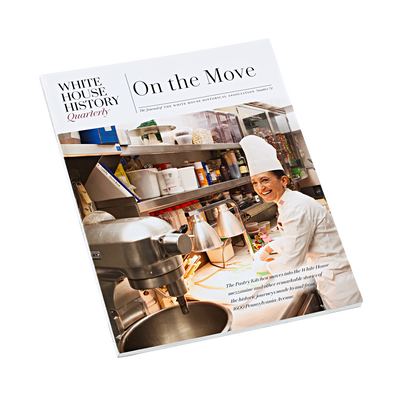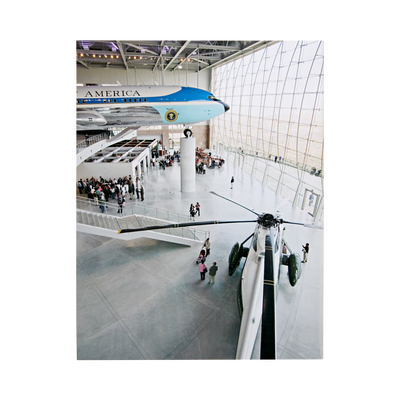



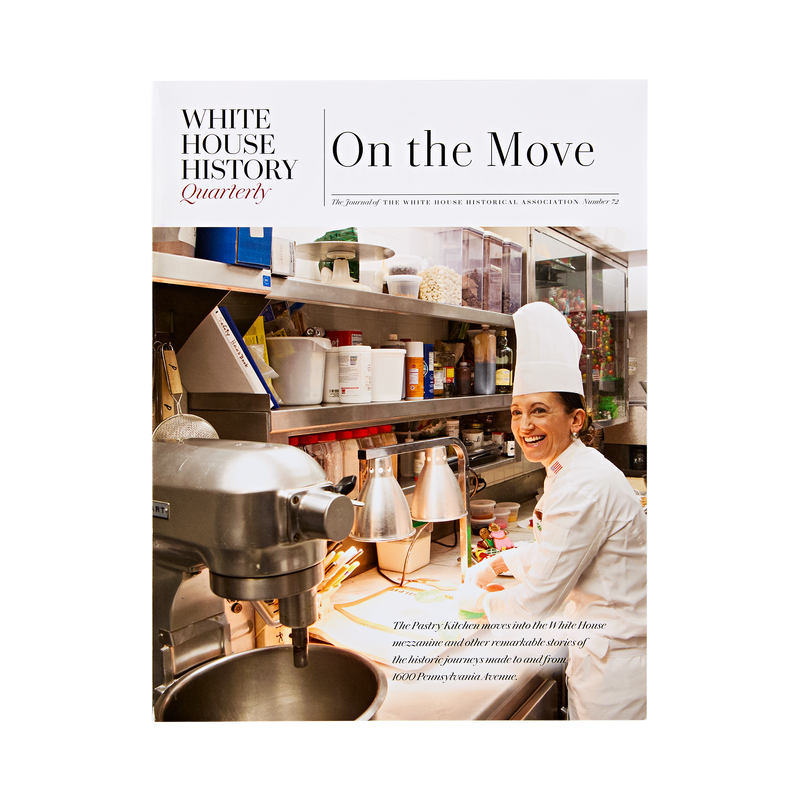
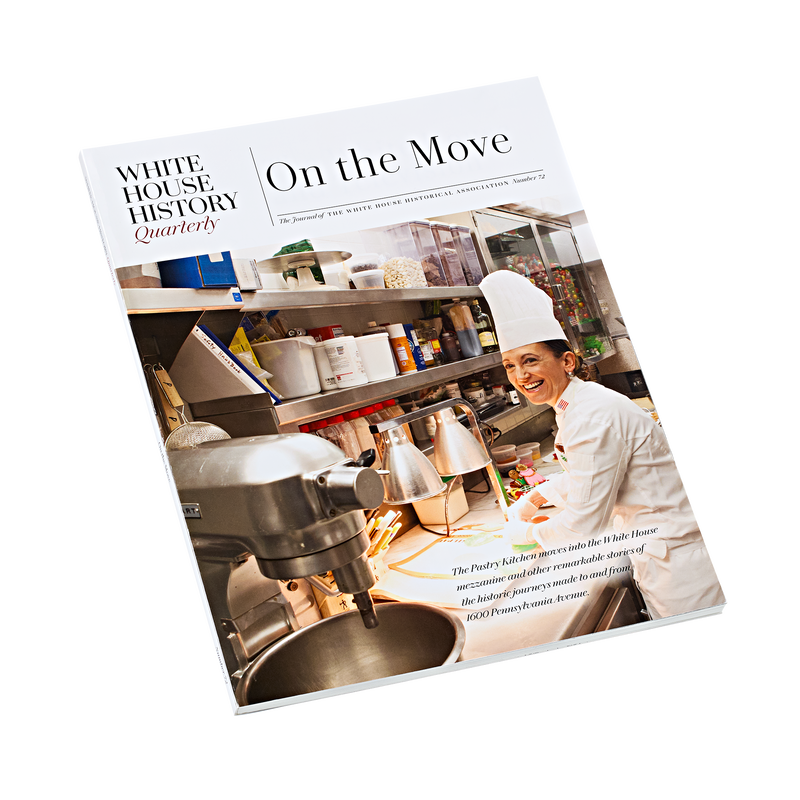
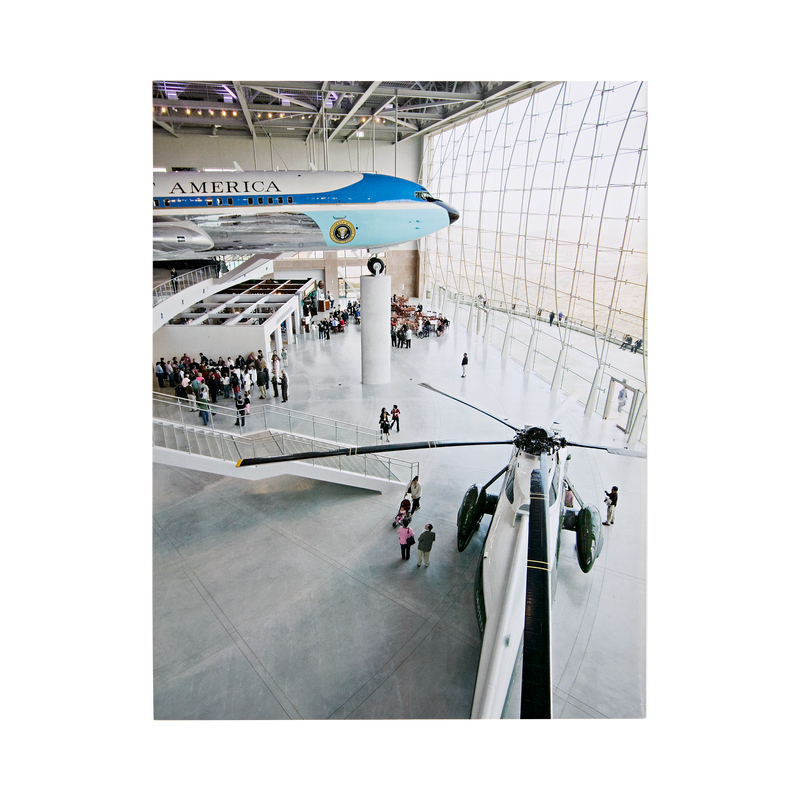
Additional Information
On the morning of May 16, 1978, First Lady Rosalynn Carter crossed Pennsylvania Avenue and walked through Lafayette Park to board the subway at McPherson Square. She rode nine stops to D.C. General Hospital where she donned a smock and helped to lay on a fresh coat of paint. The photos of her trip on the Metro are a fitting opening for White House History Quarterly 72, “On the Move," a collection of stories of the historic journeys made by both people and things to and from the White House.
Included are the stories of historic White House visits made by the Marquis de Lafayette on his return to America in 1824; by Joanna Rucker, who visited her aunt First Lady Sarah Polk in 1845; and by Emilie Todd Helm, widow of a Confederate general and sister to First Lady Mary Todd Lincoln.
The issue traces the historic moves of White House furnishings from Philadelphia to the new City of Washington in 1800, and from the White House to the Civil War-era summer retreat of the Lincoln family at the Soldiers' Home. We also look at the Prohibition-era complications faced by President Woodrow Wilson when he sought to move his collection of wine out of the White House, and we go behind the scenes to trace an historic move made within the White House walls when the first dedicated White House Pastry Shop became a reality. Looking at moves beyond the White House, we follow the story of the relocation of the entire contents of The Ronald Reagan pub from Ballyporeen, Ireland, to Simi Valley, California.
Tracing journeys out of the White House we look at the visits made by presidents and first ladies to the palatial Beaux-Arts home on Charleston’s South Battery; as a result the “Villa Margherita” would become known as the “Southern White House.” And we tell the story of the first solo visit by a presidential spouse to an active combat zone, following First Lady Eleanor Roosevelt on her twenty-two-stop trip through the South Pacific in 1943.
For our Presidential Sites feature we go to Blair House, The President’s Guest House, which celebrates its two-hundredth anniversary this year. Author Frederick Edward Jordan shares the little-known story of his father Lewis Jordan, the first interior designer for the house after it was acquired by the United States government. Jordan was so modest he was rarely photographed, but his work received the personal approval of President Franklin Roosevelt.
